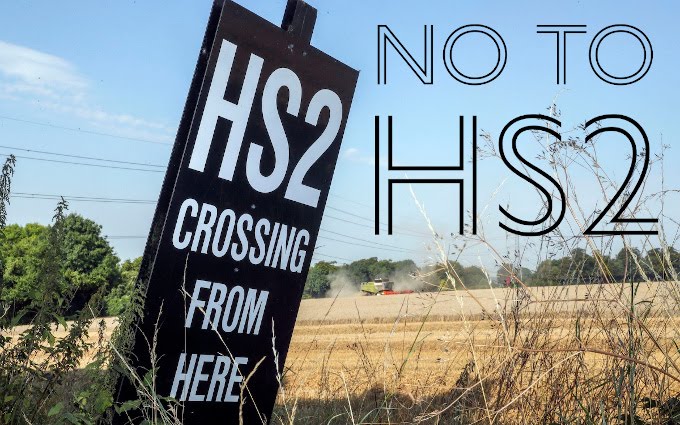Chiltern Railways puts refurbished Mk III coaches into service
That is more like it. And now there is a need for a further fleet of compatible vehicles and the electric and diesel locomotives to haul them. The Irish mark 3 fleet should help a little and then there is a need for a new build.
What should they be like? The 23 metre length of the mark 3 stock was based on the assumption that the 2.74 external width of the mark 1 stock was acceptable. This was achieved by tapering the vehicle ends and recessing the door handles. It was not built to the full width of the loading gauge, unlike the sliding-door derivatives of the mark 3 stock such as the class 150 DMU which are 20 metres long and a nominal 2.82 metres wide, the absolute maximum permissible. These latter vehicles are regarded as the only go-anywhere type on the system. So perhaps a slightly shorter and wider vehicle would be possible, enabling it to go anywhere whilst at the same time helping to accommodate the present obesity epidemic.
Probably the best feature of the mark 3 is the constructional system, which means that the bodyshell is light and strong, and that the sides are thin, thereby maximising the internal space. Other features of the mark 3 stock which could have been better are the size, position and spacing of the windows, which obstruct the visibility from so many seats, and the detailed design of the entrance step, which can be hazardous at convex platform faces.
So what is needed is an improved vehicle developed from and compatible with the mark 3. Although primarily conceived for locomotive haulage, such a vehicle might also be used in a DMU, an EMU or even in the new stock for running on both HS2 and classic routes. It could also have export potential, thereby improving the economics of production.
